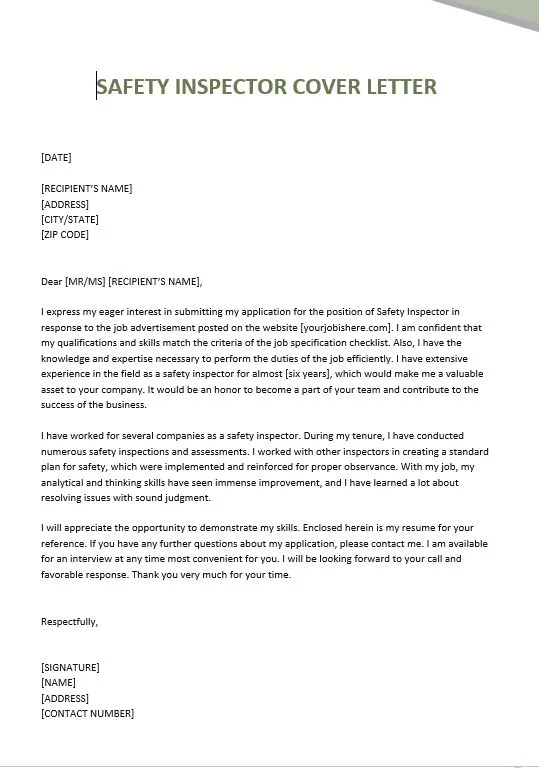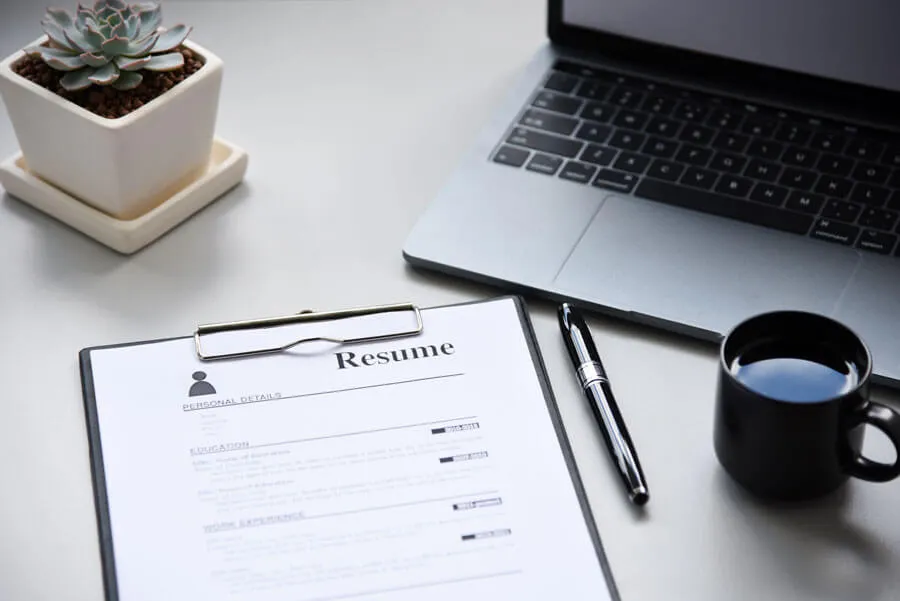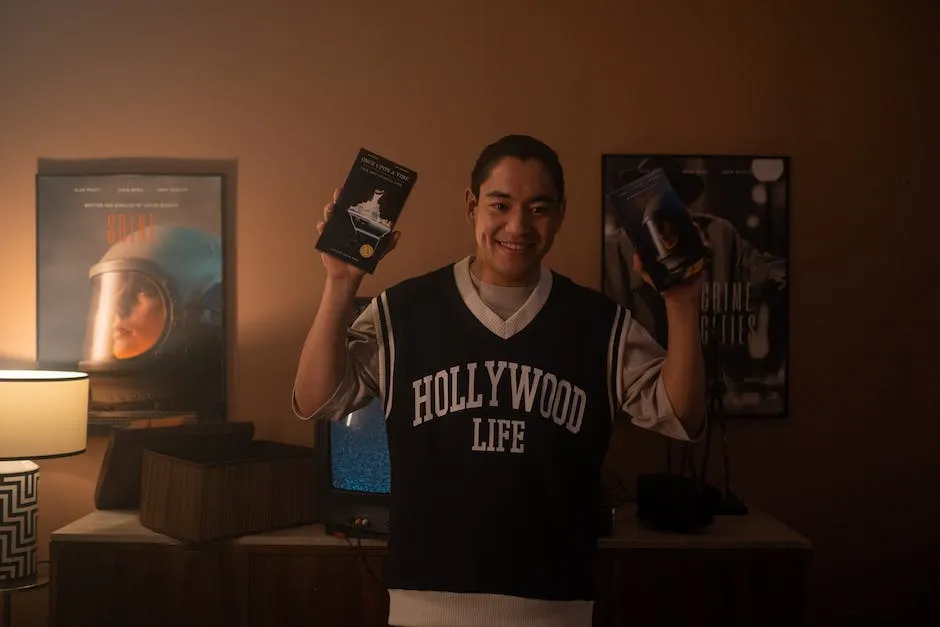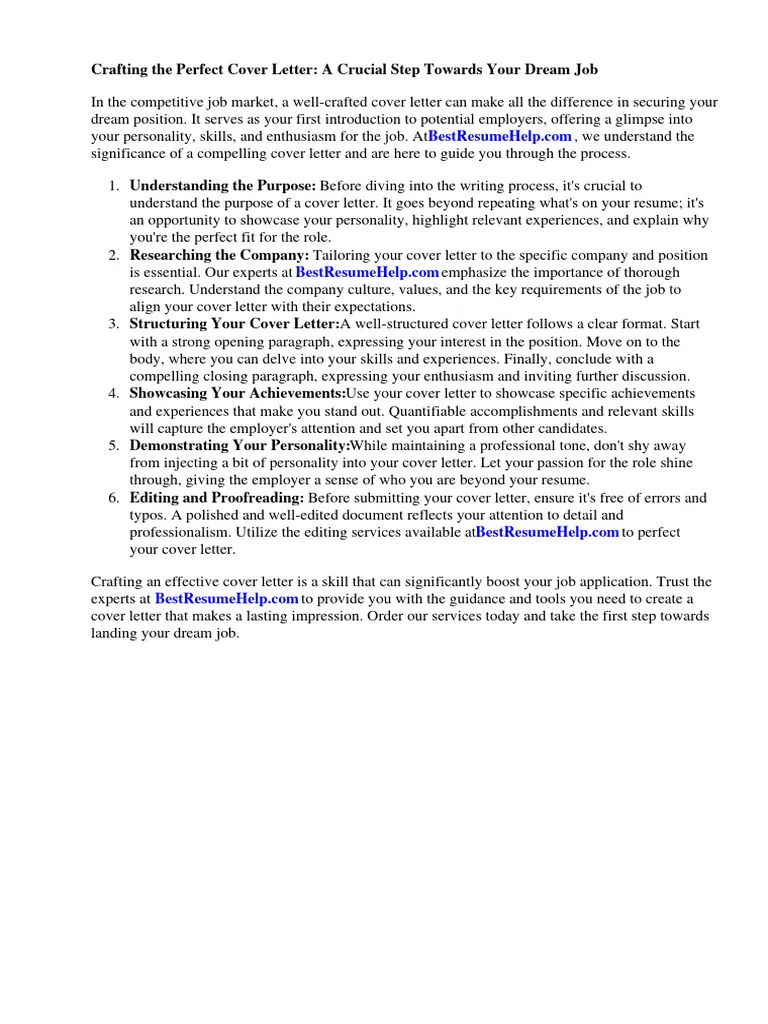What is a Cover Letter
A cover letter serves as your personal introduction to a potential employer, accompanying your resume and providing context to your application. It’s your chance to make a strong first impression and highlight why you’re the ideal candidate for the job. Unlike a resume, which is a factual summary of your skills and experience, a cover letter allows you to showcase your personality, express your enthusiasm for the role, and demonstrate how your qualifications align with the specific needs of the company. The cover letter should be tailored to the job and company. Always do some research about the company, use their name and the hiring manager name.
Key Elements of a Cover Letter
A well-structured cover letter typically includes several key elements that work together to create a compelling narrative. First, there’s the header, which contains your contact information and the date, along with the employer’s contact details. Next, you’ll find the professional greeting, which should address the hiring manager or the specific person mentioned in the job description. The body of the letter is where you articulate your value proposition, highlighting your relevant skills and experiences and explaining why you’re a good fit for the role. Finally, a strong closing paragraph reiterates your interest and includes a call to action, such as requesting an interview. Be sure the letter is concise and focused.
Header Details

The header of your cover letter should be formatted professionally and consistently. It should include your full name, address, phone number, and email address. This information ensures that the employer can easily contact you. Following this, include the date of the letter. Below your information, include the employer’s information, including the name of the hiring manager (if known), the company name, and the company’s address. A well-formatted header looks professional and shows you are detail-oriented. Make sure the information is easily readable and properly aligned with the rest of the document.
Professional Greeting
The greeting sets the tone for your cover letter. Aim to address the hiring manager by name. “Dear Mr./Ms. [Last Name],” is the standard approach. If you’re unsure of the hiring manager’s name, research the company website, LinkedIn, or the job posting to find out. Avoid generic greetings like “To Whom It May Concern.” If you can’t find a specific name, use a more professional alternative like “Dear Hiring Manager” or “Dear [Department Name] Team.” The correct greeting shows you’ve done your research and have paid attention to detail, creating a more personal connection.
Body Paragraphs
The body of your cover letter is where you sell yourself to the employer. It is usually composed of three paragraphs. Each paragraph serves a specific purpose in telling your story and demonstrating why you are the best candidate for the job. These paragraphs are critical in persuading the hiring manager to move your application forward. Make sure to tailor each paragraph to the specific job requirements and demonstrate your value. Each of these paragraphs should be very impactful so the hiring manager will continue to read your cover letter.
First Paragraph State the Purpose

The first paragraph should clearly state the purpose of your letter: to express your interest in the specific job you’re applying for. Mention the job title and where you saw the posting. Keep it brief and attention-grabbing. After that, state your enthusiasm for the position and the company. This paragraph should immediately capture the reader’s attention and give them a clear reason to continue reading. Keep your opening paragraph concise, enthusiastic, and focused on the job’s requirements, while stating your interest clearly.
Second Paragraph Showcase Skills
This is the main part of your cover letter, where you highlight your relevant skills and experiences. Provide specific examples of how your skills align with the job requirements. Instead of simply listing your skills, describe how you’ve used them to achieve results. For example, if the job description mentions the need for strong project management skills, describe a project you managed and the positive outcomes. Be specific, using quantifiable achievements wherever possible. Explain how your previous roles have prepared you for this position. Your goal is to convince the employer that you possess the skills they need.
Third Paragraph Show Enthusiasm
In your third paragraph, further express your enthusiasm for the company and the specific opportunity. Explain why you’re interested in working there and what you admire about the organization. Mention something specific that resonates with you – perhaps the company’s mission, values, or recent achievements. Connect your personal career goals with the company’s objectives to showcase that you see yourself as a good fit for their culture. End the paragraph by briefly summarizing your value proposition and reiterating your interest in the role. Conclude by thanking the reader for their time and consideration.
Closing

The closing of your cover letter is as important as the opening. It’s your final opportunity to reiterate your interest, thank the reader, and prompt the next step. This section is crucial for maintaining a professional tone and ensuring your application makes a positive lasting impression. It’s a chance to leave the employer with a clear understanding of your qualifications and a strong desire to learn more about you.
Formal Closing and Signature
Use a professional closing, such as “Sincerely,” “Best regards,” or “Yours truly.” Avoid informal closings like “Thanks” or “Cheers.” After the closing, leave space for your signature. If you’re submitting a digital cover letter, you can type your name below the closing. If you are mailing a physical copy, you can handwrite your signature. Always sign your cover letter to add a personal touch and underscore your professionalism. The signature is a crucial part of the ending, and it signifies your commitment to the job application.
Cover Letter Formatting
Formatting plays a significant role in the readability and overall professionalism of your cover letter. Proper formatting ensures that your letter is easy to read, visually appealing, and presents you in a positive light. Attention to detail in formatting communicates that you are meticulous and organized. Poor formatting can distract the reader and undermine the impact of your content, potentially leading to rejection. Following standard formatting guidelines ensures that your letter is both visually appealing and easy to comprehend.
Font and Size

Choose a professional and easy-to-read font, such as Times New Roman, Arial, or Calibri. Font size should be between 10 and 12 points. Avoid overly stylized or decorative fonts that can be distracting. Stick with standard fonts that are clear and legible. Consistency in font and size throughout the document is essential. Ensure your font choice is appropriate for the industry and reflects your professionalism. A well-chosen font enhances readability, making it easier for the hiring manager to review your qualifications. Inconsistent formatting can make your cover letter seem unprofessional.
Margins and Spacing
Set margins to at least one inch on all sides of your cover letter. Use single-spacing for the body of the letter and double-spacing between paragraphs to improve readability. Proper spacing makes your cover letter visually appealing and reduces eye strain. Consistent spacing ensures that the text is well-organized and easy to follow. Avoid overcrowding your letter; whitespace is your friend. A well-spaced cover letter is easier to read and gives a professional look. Proper formatting makes your letter look clean and polished, ensuring your qualifications get the attention they deserve.
Proofreading and Editing
Before submitting your cover letter, carefully proofread and edit it. Check for any grammatical errors, spelling mistakes, and typos. Ask a friend or family member to review your letter as well; a fresh pair of eyes can often catch mistakes you might miss. Make sure your cover letter is clear, concise, and free of errors. Proofreading ensures your professionalism and attention to detail. Errors can undermine your credibility. A well-edited cover letter demonstrates your commitment to quality, increasing your chances of getting the job.
